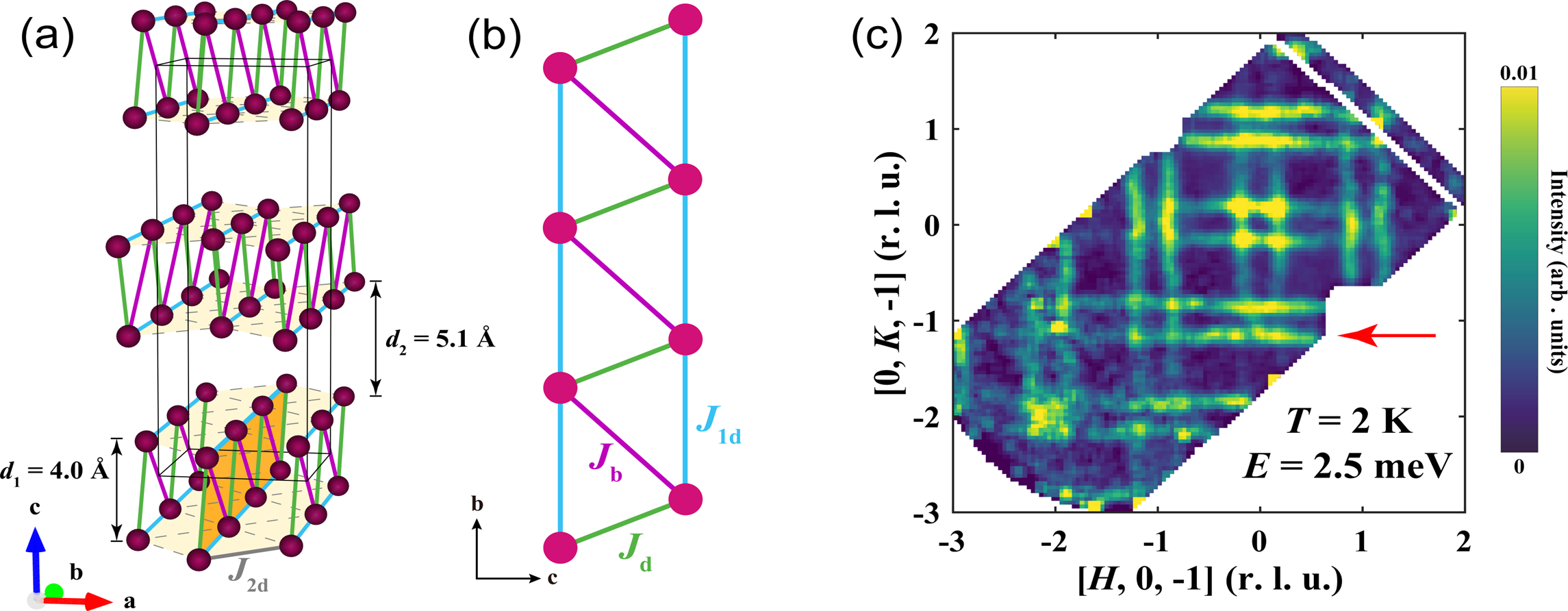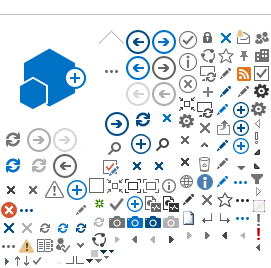Most materials that conduct electricity lose some energy as heat. Superconductors don't lose any energy, which makes them valuable for many technologies. They also typically repel magnetic fields. Certain types of 'unconventional superconductor', however, can form spontaneous magnetic fields in the superconducting state. These are of particular interest due to their potential application in quantum computing and spintronics.
Superconductivity in a material is caused by condensation of Cooper pairs formed of two electrons with equal and opposite momentum. A distinguishing feature of unconventional superconductors is that the superconductivity usually occurs close to magnetic ordering. This is thought to be driven by spin fluctuations, which act as the 'magnetic glue' for the Cooper pairs.
Since similar magnetic interactions should give rise to both the magnetic ordering and the unconventional superconductivity, probing the excitations in the magnetic states of these materials gives important information for understanding the mechanisms of the magnetically mediated superconductivity. Spin-triplet superconductivity, where the electrons in the Cooper pair have the same spin direction, has been associated with both ferromagnetism and one-dimensional magnetism.
Researchers from Zhejiang University used the LET spectrometer at ISIS to study the unconventional superconductor CeSb2 using inelastic neutron scattering. At low temperatures, CeSb2 exhibits complex magnetic ordering but, when pressure is applied, the magnetic ordering temperature is lowered until it eventually disappears. At this point, superconductivity is observed. This superconductivity is unusually robust when magnetic fields are applied, making it a candidate for spin-triplet superconductivity.
The neutron scattering measurements reveal that, despite having a quasi-two-dimensional layered crystal structure, the magnetic excitations of CeSb2 have a striking one-dimensional nature. In addition, while there are strong ferromagnetic interactions between cerium magnetic moments within pairs of layers, the coupling between different pairs of layers is very weak, creating a ladder-like structure.
“We found that the magnetic interactions can be well understood using a ferromagnetic spin-ladder model for the magnetic interactions," explains paper author Michael Smidman. “The complex antiferromagnetic ordering, however, is likely to be a consequence of weaker couplings, such as between ladders."

(a), (b) The spin-ladder arrangement formed from cerium atoms. (c) Inelastic neutron scattering measurements of CeSb2 within the plane of the cerium atoms, evidencing quasi-one-dimensional magnetic excitations.
Importantly, these ferromagnetic ladder excitations are found to persist even above the magnetic ordering temperature. This means they may play an important role in the superconductivity that emerges under pressure upon the suppression of magnetic order.
Their study therefore shows both an unusual emergence of quasi-one-dimensional magnetism in a layered material consisting of a nearly square arrangement of magnetic ions and also provides evidence for a connection between one-dimensional ferromagnetism and unconventional, possibly spin-triplet, superconductivity.
Reference: Zhaoyang Shan, Yangjie Jiao, Jiayu Guo, Yifan Wang, Jinyu Wu, Jiawen Zhang, Yanan Zhang, Dajun Su, Devashibhai T Adroja, Christian Balz, Matthias Gutmann, Yu Liu, Huiqiu Yuan, Zhentao Wang, Yu Song, Michael Smidman, Emergent Ferromagnetic Ladder Excitations in Heavy Fermion Superconductor CeSb2, Phys. Rev. Lett. 134, 116704 (2025). DOI: 10.1103/PhysRevLett.134.116704
